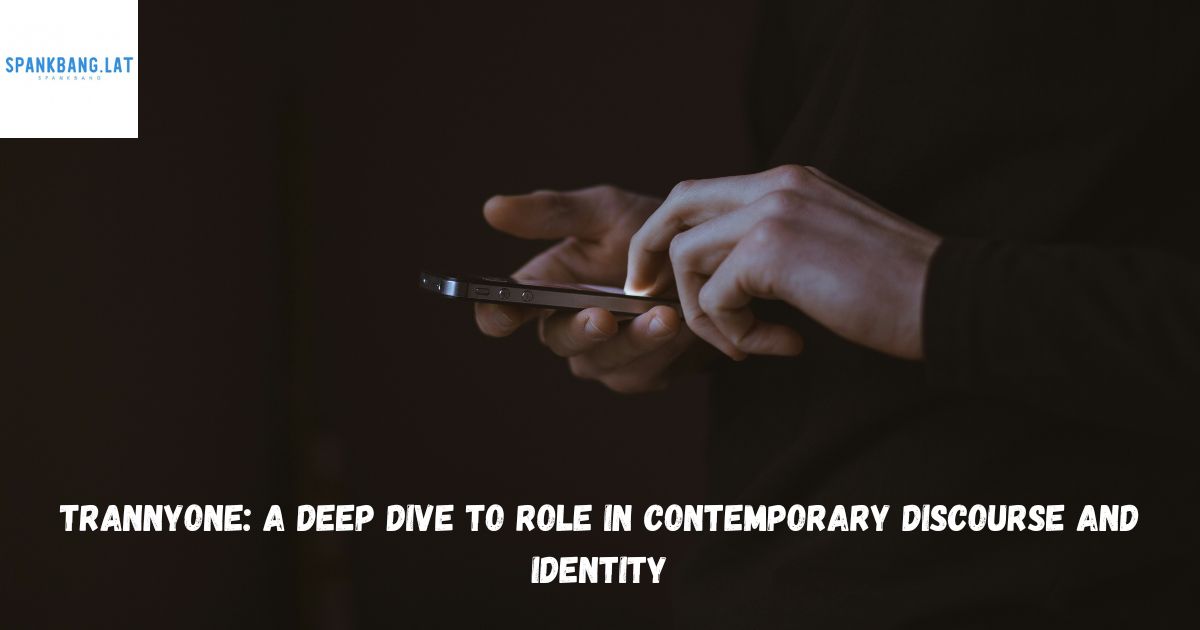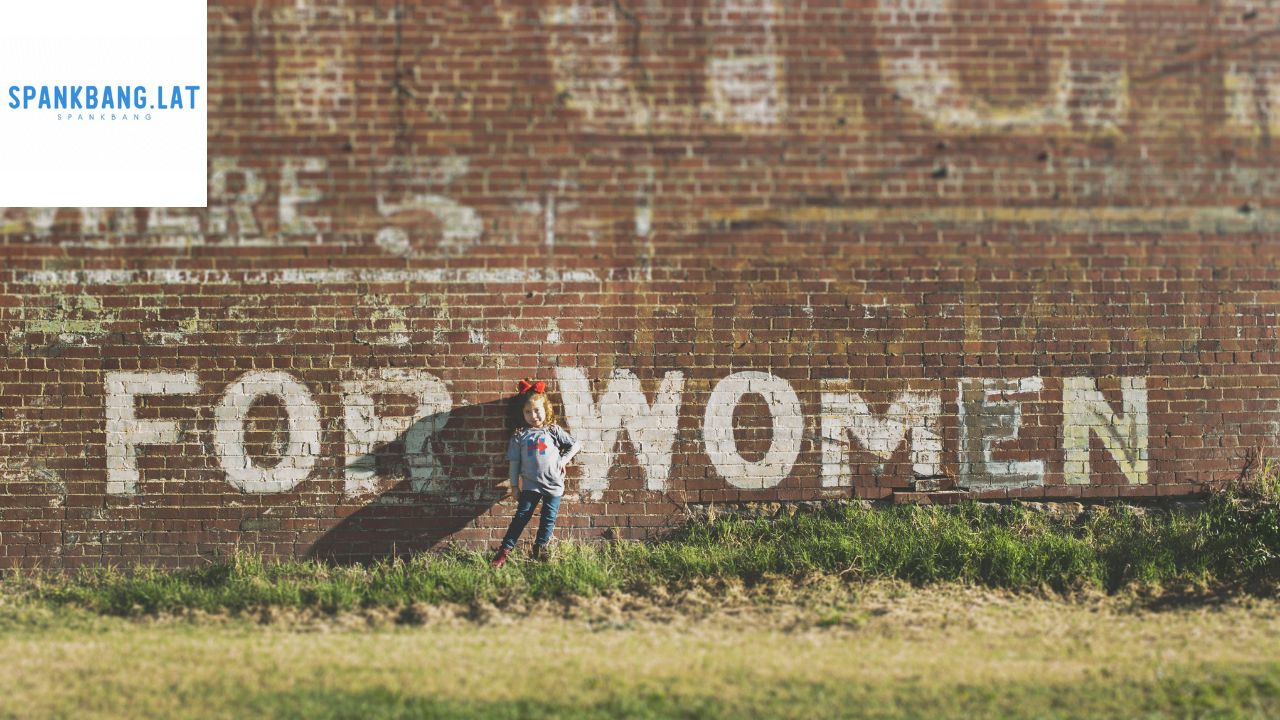Introduction of Trannyone
Thus, language has a central function ‘in the contingencies of gender and identity’. Language forms an individual perception of the self and that of society. Of the possible terms that have emerged in the general discussions concerning identity and discourse. Some are the following ones including the term “Trannyone.” It may be discussed where precisely the word originated, and how exactly people started using it. Understanding the role of this word in present-discussed gender issues and queer culture is important.
Understanding the Origins of Trannyone
The term “Trannyone” is relatively new in the broader discourse on gender identity. Like many words that evolve in online spaces, it seems to be a blend of tranny. A derogatory term often used against transgender people, and “one,” potentially referring to a singular identity or person. However, unlike “tranny,” which has a hurtful history, “Trannyone” might be seen by some as a reclaiming effort. It’s not widely recognized, but it has a presence in niche online communities. Raises important questions about reclaiming language and the evolution of identity terms.
The Controversy Around Terminology
In every case of a term related to gender identity, it is critical to respond to arguments against the term. A slang word known as “tranny” has been in circulation for a very long time. And it is mainly used by homophobic societies in the West to demean the transgender. Therefore, even when directly translated any real or imaginary use of that word can trigger an outburst. Essentially, for many people in the transgender population, the incidents of use will cause them to remember prejudice and maltreatment. However, some women have strived to take it as their victory or, in other words. Take it as empowering, this is however not acceptable all over the world.
The Process of Violence and Reclamation of Language for the LGBTQ+ People
Language reclamation is not a novel phenomenon active in minoritized communities. This in a way means that words that were used to insult can eventually be taken by the same groups of people in a positive light. For instance, HIV/AIDS survivors have been able to redefine what used to be more or less negative terms like ‘queer’ to the description of the ever-diverse spectrum of the LGBTQ+ population. “Trannyone” may be a similar project. Which however can only be successful if its use and acceptance are comparable to the recognized terminology.
Risking gross oversimplification, the use of digital media has disrupted primary orality altering traditional language in the process of Digital Spaces the Evolution of Language.
Social networks and discussion boards are the places, which generate new terms, ideas, and identities. Some people put it squarely in the teenage text messaging camp, while others then explained. It extended from texting (e.g. Trannyone), which first appeared on the Web in smaller niches. And only then began to get more attention. In such virtual spaces, individuals have the opportunity to explore identity, language, and performance in ways that may not easily be done in real life. This gives rise to new forms of communication and understanding of gender. However, it also means that terms like “Trannyone” can quickly spread without context or consideration of their potential impact on marginalized groups.
Challenges of Adopting New Terms
The adoption of new terminology within identity politics is never straightforward. Being sexual and using a provocative word may be on the surface seen as innocuous or empowering by some – ‘Trannyone,’ for instance – but to others may be seen as problematic or unnecessarily so. People’s experiences and perception of language and identity are unique because people are also unique; strategies that apply to the former may not necessarily apply to the latter. The communities of this lesbian, gay, bisexual, trans, queer, and other actions are diverse, and every term will not be accepted by all.
Sensitivity in Language: How it Matters
Still, with the overwhelming and never-simplifying advancements in gender. And identity, the usage of language is crucial and should be regulated. Now that we know that words matter and if used without considering the context and the consequences can be destructive. Even if ‘Trannyone’ wasn’t consistently adopted by the broader culture, it is useful to analyze. And approach, alongside other emergent terms and identities, responsibly and with respect.
Moving Forward:
Everyone moving into a second-grade classroom expects to be heard and understood no matter the language he or she uses.
Finally, the debate on identity issues should be more oriented on the appreciation of individual differences. The biggest human right each person should have is the ability to choose who or what they want to be and language is a cog in that wheel. This is why such frequently uttered words need to be heeded by the primary authors of the words. How to keep the discursive environment positive and inclusive. If “Trannyone” is to be relevant in the contemporary world then. Its groundwork must be based on tolerance and respect as a basic respect for one’s humanity.
Conclusion
The term “Trannyone” is far from unadulterated and is a very fluid part of the current lexicon of gender. It is in sharp accord with other trends regarding language. And identity, specifically identity markers among members of the queer community. Most of you will realize that a few could empower themselves out of ‘reclaiming’ the term or ‘using’ the term. While others could feel that the term was indeed alienating or hurtful to them. Like anything having to do with identity, it all comes down to context. And treating it as the sensitive thing that it is. By approaching these conversations with care, we can ensure that language serves to uplift rather than diminish the diverse experiences of individuals navigating their identities.
FAQs
What does “Trannyone” mean?
“Trannyone” seems to be a blend of “tranny” and “one,” potentially referring to a singular identity. Its meaning is still evolving.
Why is “tranny” considered offensive?
“Tranny” is a derogatory term used to demean transgender individuals. Its use has caused harm, which is why many avoid it.
Can words like “Trannyone” be reclaimed?
Language reclamation is possible but not universally accepted. It depends on how the term is received by the community.
Where do terms like “Trannyone” come from?
Many terms emerge from online spaces and digital communities, allowing for experimentation with identity and language.
How should I approach new gender-related terms?
Approach all identity-related terms with sensitivity, respect, and a willingness to learn from those directly affected by the language.
Also Read this:
- Foroporno Uncovered: The Trends and Impact of Adult Content Online
- This Vid: Key Takeaways and Insights for Content Creators
- Absoluporn: A Deep Dive into Its Popularity and Cultural Significance





One thought on “Trannyone: A Deep Dive to Role in Contemporary Discourse and Identity”